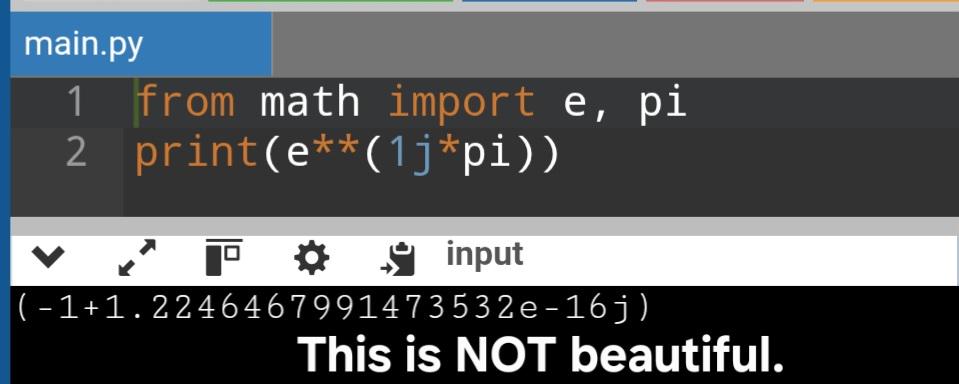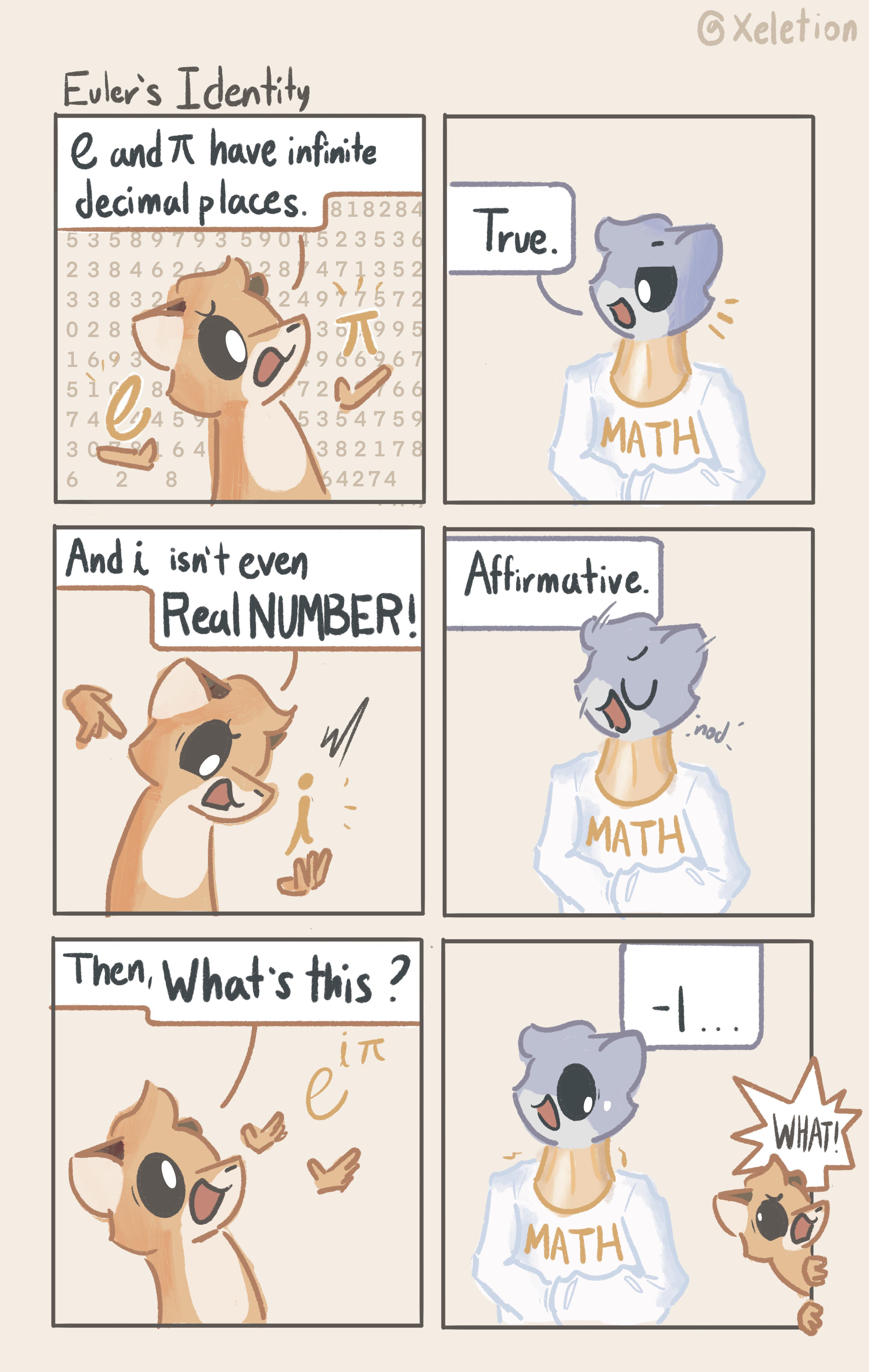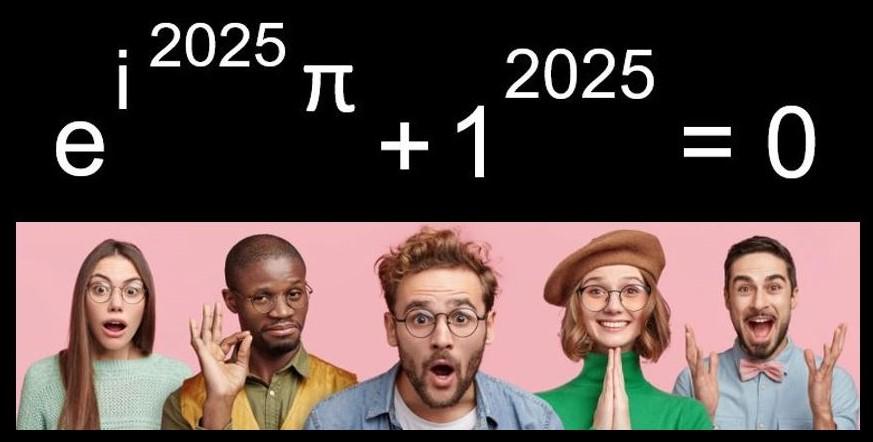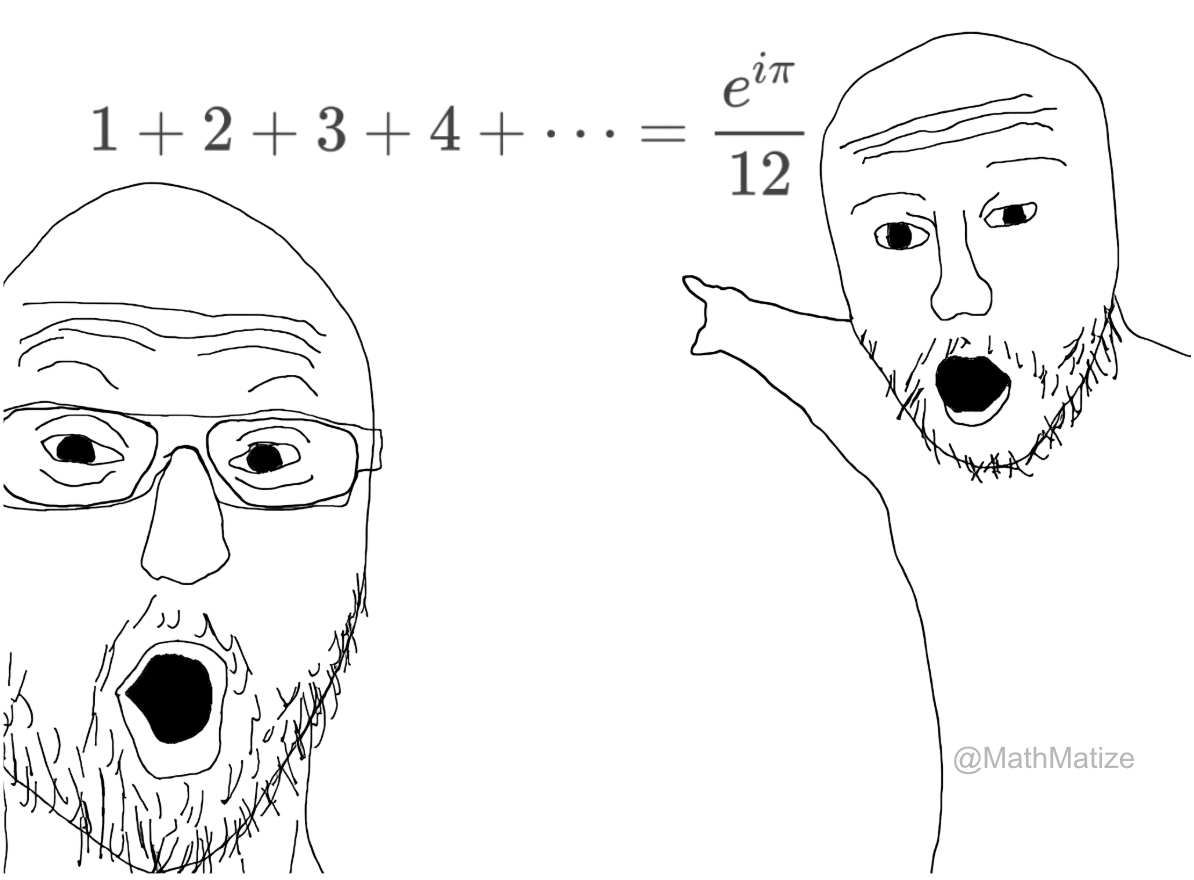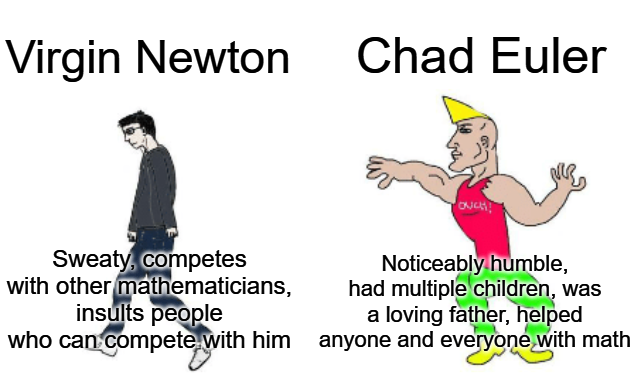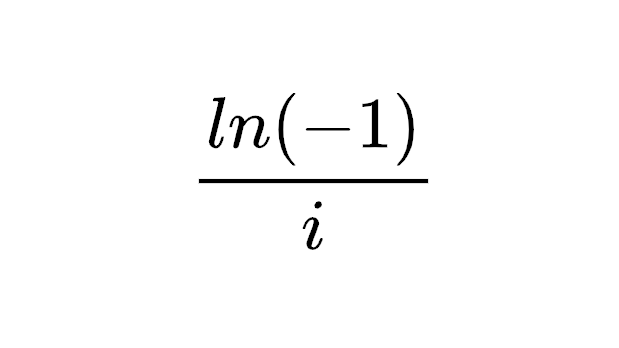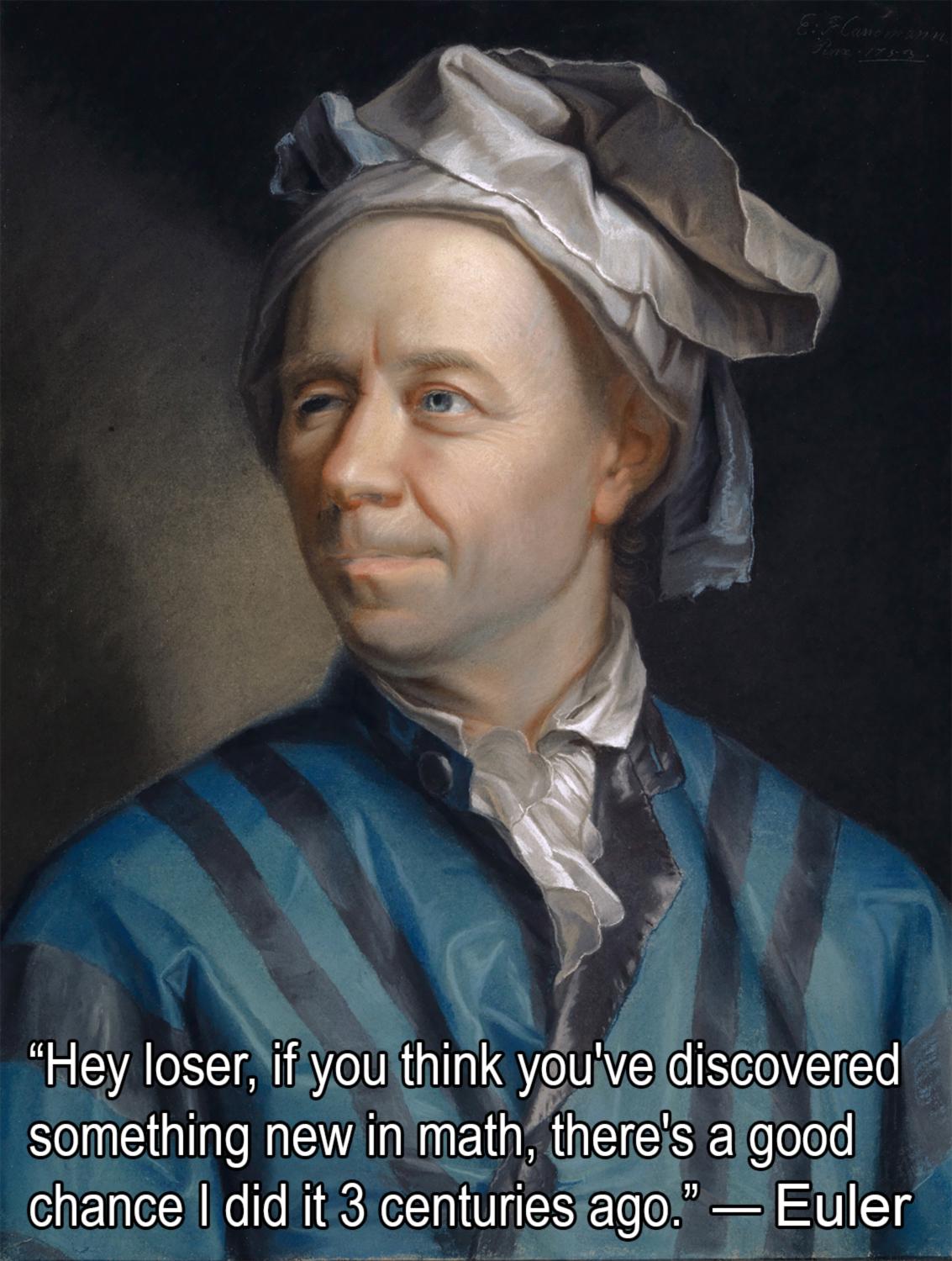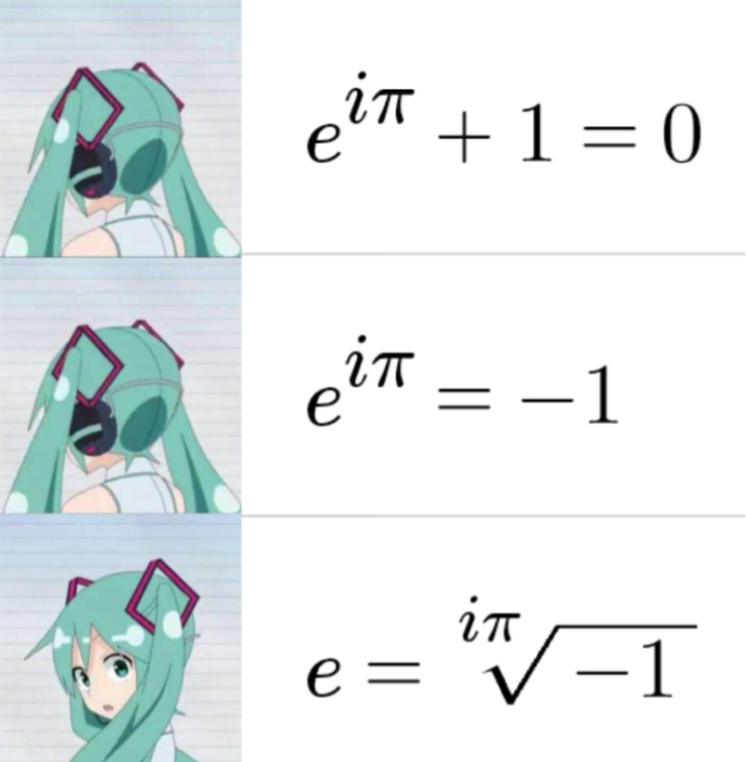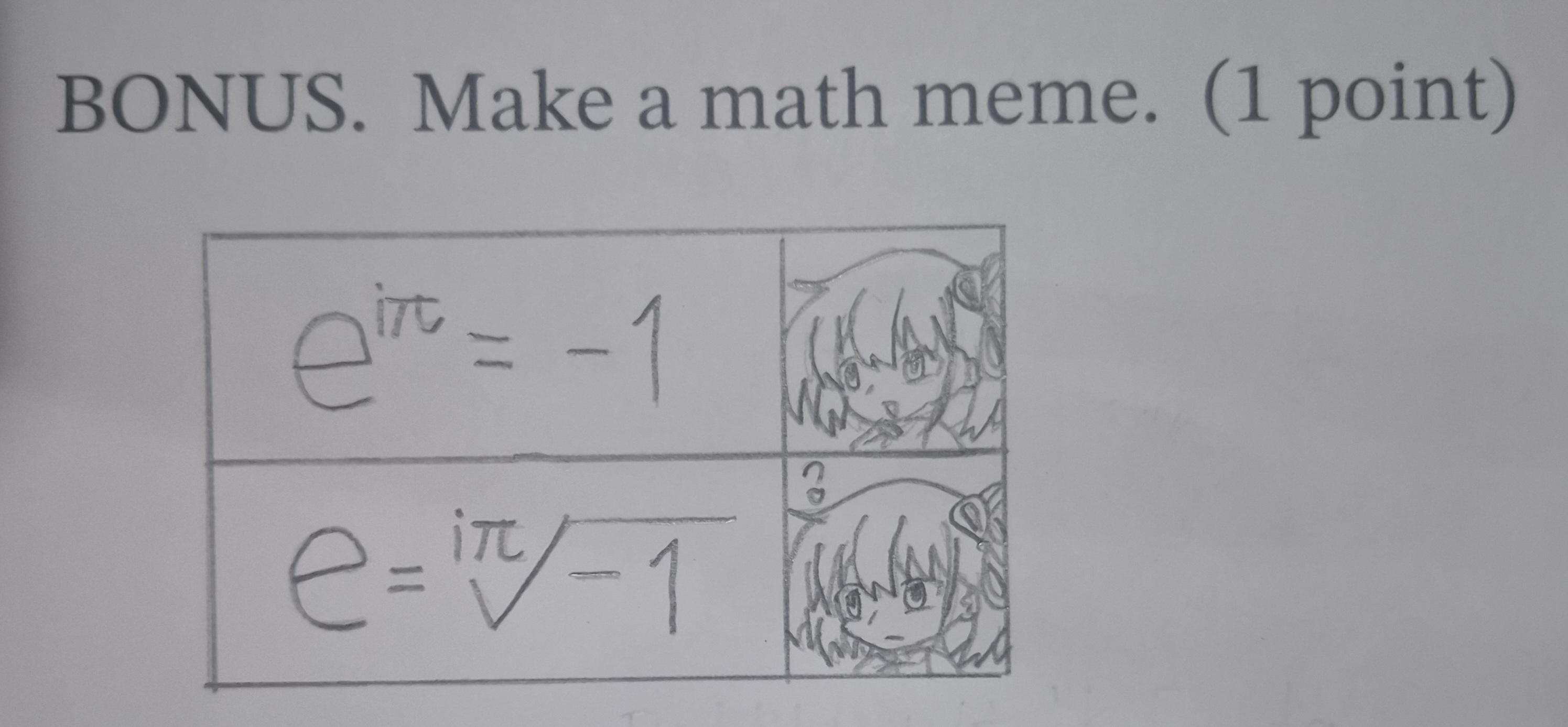Leonhard Euler, the ultimate mathematical hipster who was into formulas before they were cool. That smug expression says it all—he's probably thinking about how he discovered so many mathematical concepts that we're still naming things after him centuries later. Got a fresh new theorem? Sorry buddy, check Euler's 850+ publications first. The man literally has a constant (e), an identity, equations, and even a line named after him. He's basically the mathematical equivalent of "I was into that band before they got famous." Next time you have a mathematical epiphany, just know that Euler is time-traveling from the 1700s to whisper "citation needed" in your ear.


 Academia
Academia
 Ai
Ai
 Astronomy
Astronomy
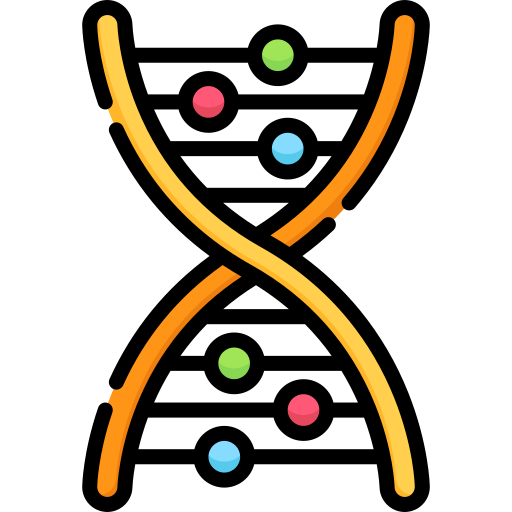 Biology
Biology
 Chemistry
Chemistry
 Climate
Climate
 Conspiracy
Conspiracy
 Earth-science
Earth-science
 Engineering
Engineering
 Evolution
Evolution
 Geology
Geology
